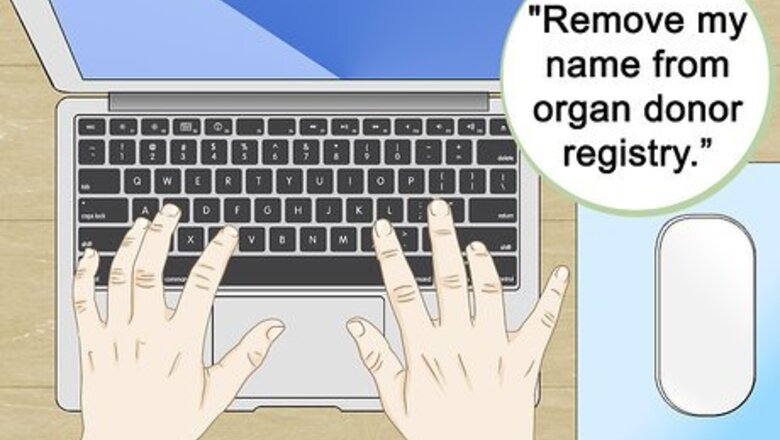
views
Removing your Name from the Registry via your State’s DMV

Conduct an online search. The simplest way to remove your name from the organ donor registry is to do so through your state's Department of Motor Vehicles. In many states, you can complete at least a portion of this process online. Do an internet search containing the words "remove my name from organ donor registry" along with the name of your state. In many states, you will be able to submit a form online that removes you from the registry. You'll need to know basic information about yourself, such as name, address, and driver’s license or ID number. You'll simply fill the form out and submit it. In other states, you'll have to print out a form, fill it out, and mail or fax it to the DMV.

Go to the DMV in person. If you prefer, visit your local DMV in person. Depending on what state you live in, you might have to fill out a special form to remove your name, while in other states, you'll just request an updated driver's license or ID card.
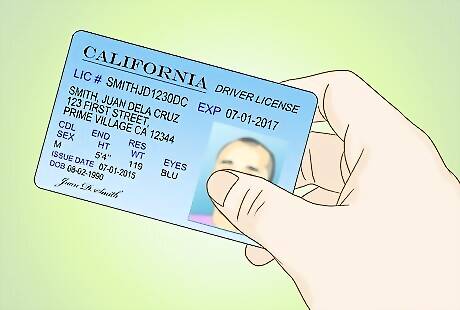
Get a replacement ID. Regardless of whether you remove your name from the registry through an online form or have to send a form in, you need to get an updated ID so that your wishes are clear in the event of an emergency. Depending on your state's policy, you may have to pay for a replacement.

Let your family know about your wishes. While your family can't override your wishes not to be an organ donor, you should let them know about your decision anyway. That way, in case you die without identification, there will be no confusion about what you want done with your organs.
Removing your Name from the Registry by Going to a Donate Life Website
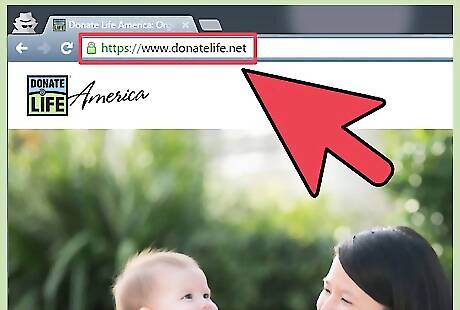
Go to the Donate Life website. Donate Life is a nonprofit organization that maintains organ donation registration information for many states across the country. As a matter of fact, many DMV websites will actually redirect you to a Donate Life site in order for an individual to modify or change registration information. If you have the option (and you probably will), go to your state's Donate Life site rather than the national site, https://www.registerme.org. The state sites are usually more accurate, up to date, and functional.
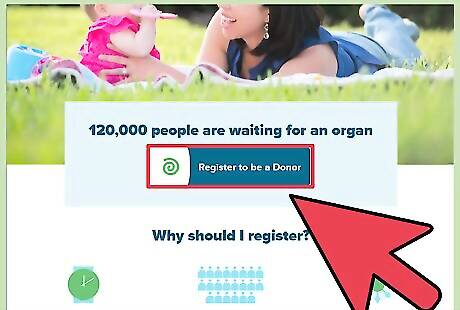
Go to the registration section. There will be section on the webpage that will say "update my donor profile," or "edit registration." Click this link. After you follow the link, there will be a space for you to enter your name, date of birth, zip code, and driver's license number. Once you enter that information, it takes you to a page where you'll see all your donor information. There you can remove your name from the registry completely or prohibit certain organs from being donated.
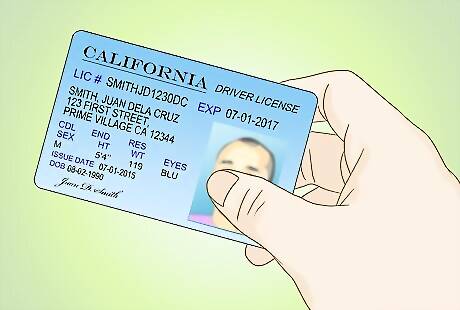
Get a new driver's license or ID. Although there's a low probability it would be an issue, in an emergency situation, you don't want to take any chances you'd be mistaken for an organ donor. So even if you've updated your information with the registry itself, you need to update your ID. Depending on your state's policy, you may have to pay for a replacement ID card.

Let your family know about your wishes. Just to be clear, your family can't override your wishes not to be an organ donor. Nonetheless, you should let them know about your decision. That way, in case you die without identification, there will be no confusion about what you want done with your organs.
Making your Wishes Known in an Advance Directive
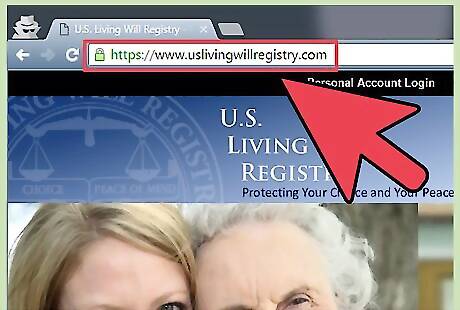
Go to the US Living Will Registry's website. Although there are a number of ways to craft an advance directive or living will, using the services of the US Living Will Registry is by far the simplest. It is also cheaper than using the services of an attorney. Advance directive and living wills are legal documents that make a formal declaration about your wishes for end of life care (should you be unconscious), including life support and organ donation. The US Living Will Registry keeps a record of your advance directive or living will and puts it in a national database that health care providers across the country access.
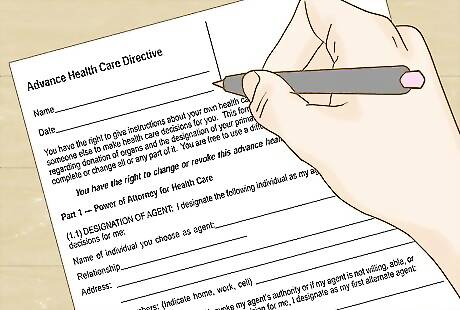
Find a form for your state. The Living Will Registry maintains a list of advance directive forms for all fifty US states. Pick the form for your state, fill it out according to your wishes, and have it notarized.

Pay for a registry. Although the advance directive you filled out is perfectly valid all by itself, it will be a much more effective document if it is uploaded to the Living Will Registry's database, because health care providers across the country will access it in the event of your death or incapacity. The cost to purchase a spot in the registry is $49.95. It gives you a place in the registry for five years, meaning that it's just a little more than $10 per year.


















Comments
0 comment